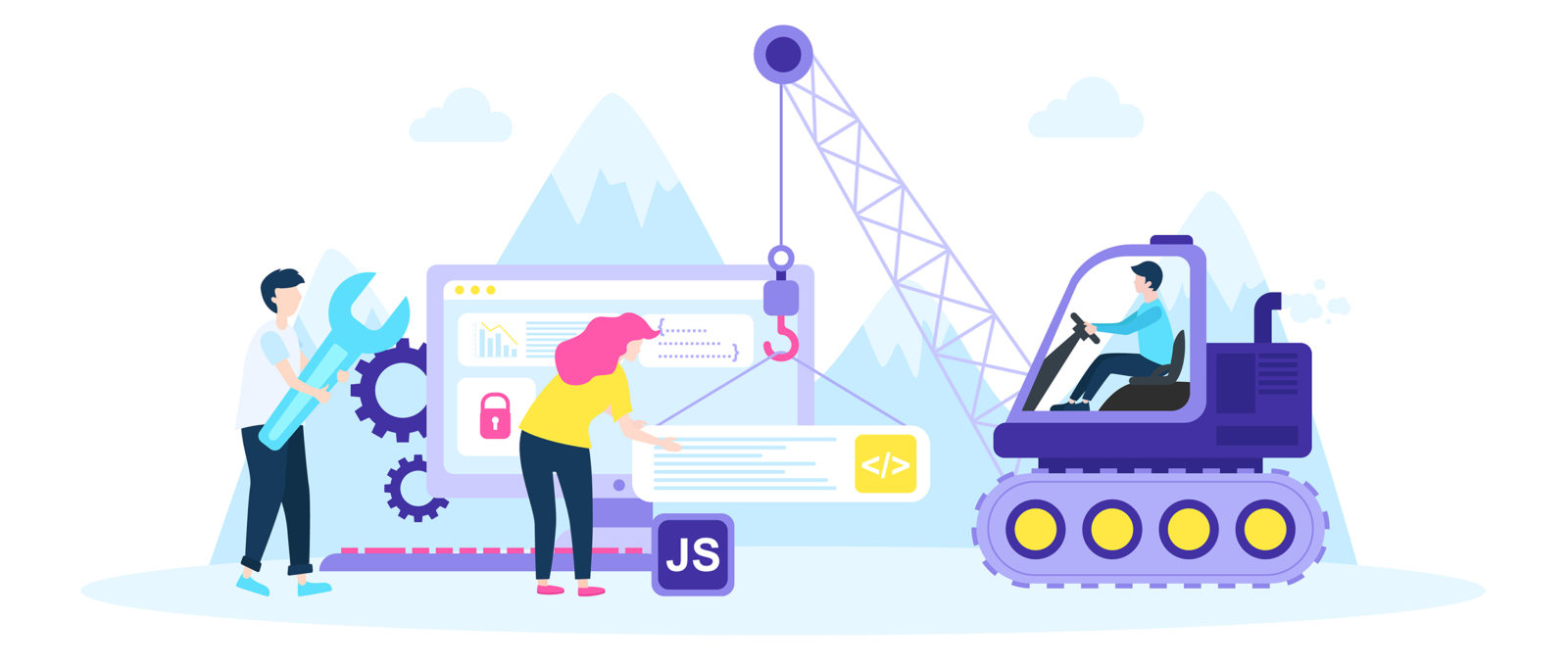The Growth Of Web Site Design: From Earlier Times To Currently
The Growth Of Web Site Design: From Earlier Times To Currently
Blog Article
Write-Up Created By-Bradshaw Clarke
In the past, internet sites were easy and focused on information. Navigating was direct, and style was for desktop computers. Currently, individual experience is crucial. Data overviews styles for easy navigating. Responsive designs suit different devices. Today, dark mode reduces pressure, and minimal food selections improve navigation. Interactive attributes involve users, and bold visuals stand out. AI assimilation enhances engagement. See exactly how design has actually progressed to boost your on-line trip.
Very Early Days of Website Design
In the early days of website design, simplicity preponderated. Internet sites were standard, with limited colors, typefaces, and formats. The emphasis got on supplying info instead of fancy visuals. Individuals accessed the web with slow dial-up links, so speed and performance were essential.
Navigation menus were straightforward, normally located on top or side of the page. Sites were made for desktop, as mobile surfing had not been yet widespread. Web content was king, and designers prioritized very easy readability over intricate style aspects.
Go At this site was the main coding language used, and designers needed to function within its restrictions. Animations and interactive attributes were marginal contrasted to today's standards. Websites were static, with little vibrant content or customized customer experiences.
Rise of User-Focused Layout
With the advancement of web site layout, a shift in the direction of user-focused style concepts has come to be increasingly prominent. Today, producing websites that prioritize individual experience is crucial for engaging visitors and accomplishing business objectives. User-focused layout involves comprehending the requirements, choices, and actions of your target market to tailor the website's design, web content, and features as necessary.
Developers currently perform comprehensive research study, such as user surveys and functionality screening, to gather understandings and comments directly from users. This data-driven strategy aids in developing intuitive navigation, clear calls-to-action, and aesthetically enticing user interfaces that reverberate with visitors. By placing the customer at the facility of the style procedure, websites can deliver a much more individualized and pleasurable experience.
Responsive design has actually additionally emerged as an essential element of user-focused layout, guaranteeing that sites are maximized for numerous devices and display sizes. This adaptability boosts accessibility and use, catering to the diverse means customers communicate with web sites today. Fundamentally, the rise of user-focused layout signifies a change towards developing electronic experiences that prioritize the demands and expectations of completion customer.
Modern Trends in Web Design
Explore the most up to date patterns forming website design today. One prominent trend is dark mode layout, providing a smooth and modern-day appearance while reducing eye pressure in low-light environments. An additional key fad is minimal navigation, streamlining menus and boosting individual experience by concentrating on essential elements. Incorporating micro-interactions, such as animated switches or scrolling effects, can develop a much more engaging and interactive internet site. Receptive design continues to be important, guaranteeing seamless user experiences throughout various tools. Furthermore, using bold typography and asymmetrical formats can add visual rate of interest and accentuate specific content.
Incorporating AI innovation, like chatbots for consumer assistance or individualized referrals, boosts customer engagement and streamlines procedures. Ease of access has additionally end up being a significant trend, with designers focusing on inclusive style methods to deal with varied user requirements. Accepting sustainability by maximizing internet site efficiency for speed and efficiency is an additional arising trend in website design. Working together with individual responses and data analytics to repeat and improve style constantly is important for remaining appropriate in the ever-evolving digital landscape. By accepting these modern fads, you can produce an aesthetically attractive, straightforward website that resonates with your target market.
Final thought
As you review the evolution of site layout from the early days to currently, you can see just how user-focused style has come to be the driving force behind contemporary fads.
Welcome the journey of modification and adjustment in web design, constantly maintaining the user experience at the leading edge.
Tippingpointdigital
Remain existing with the most up to date fads and technologies, and never ever quit developing your approach to produce visually magnificent and easy to use websites.
Progress, adapt, and develop - the future of web design remains in your hands.
